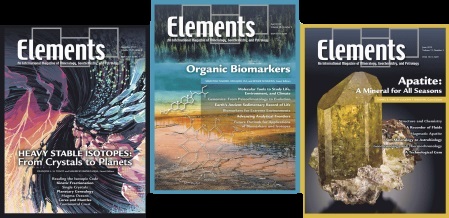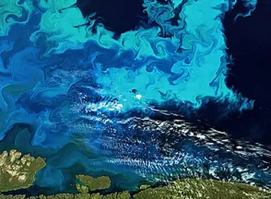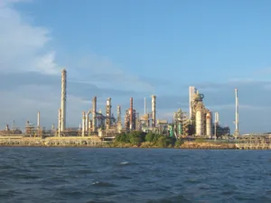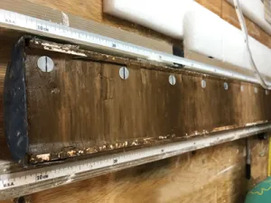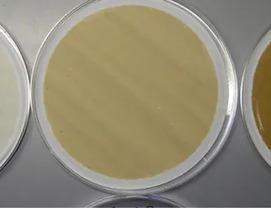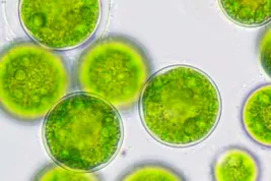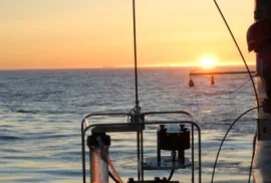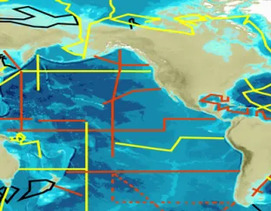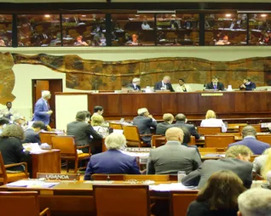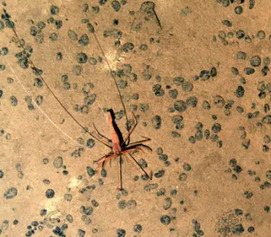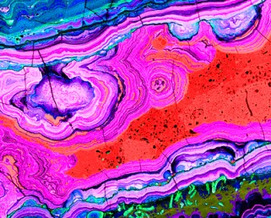Changing Trace Element Cycles in the 21st Century Ocean
Human activity is altering the ocean. This is happening through climate change, the release of pollutants, and direct exploitation of the marine environment. Recent advances in understanding the chemical cycling of trace elements within the global ocean comes at a critical time. Society is now increasingly viewing the ocean as a resource while also recognising that ocean systems are vulnerable to change.
Changing Trace Element Cycles in the 21st Century Ocean Read More »

